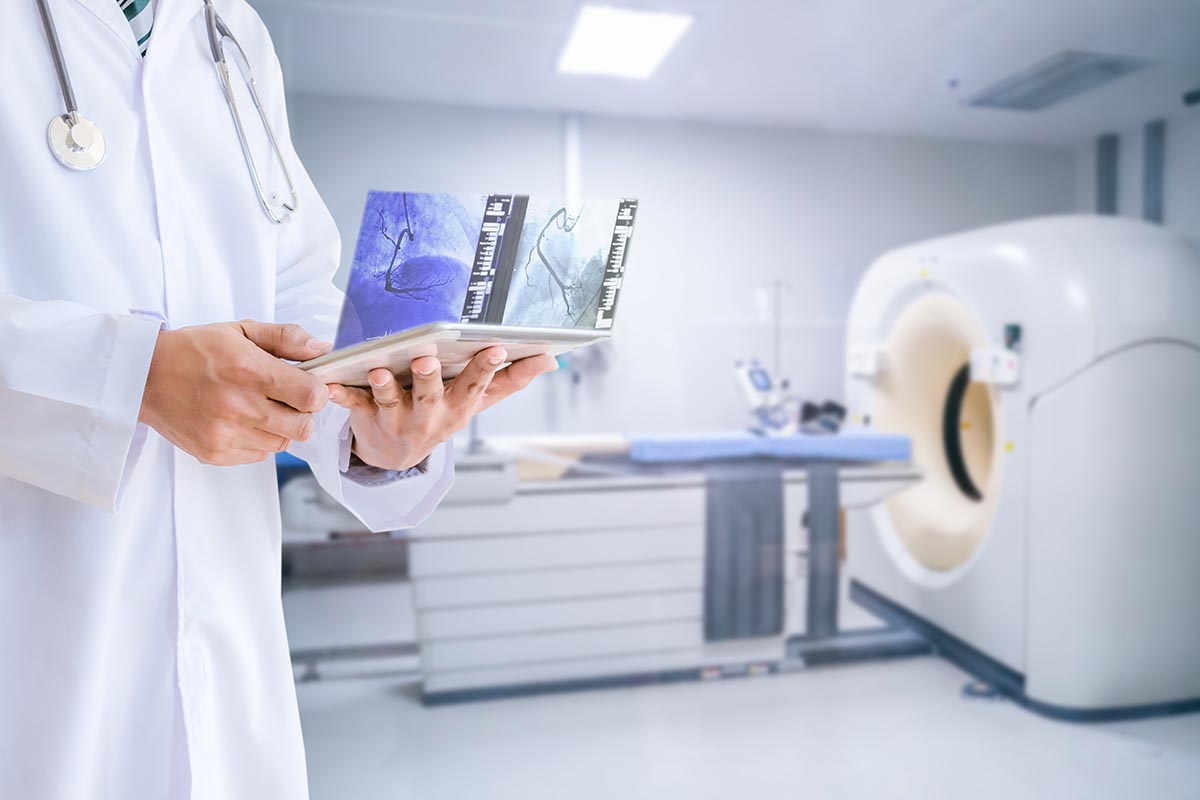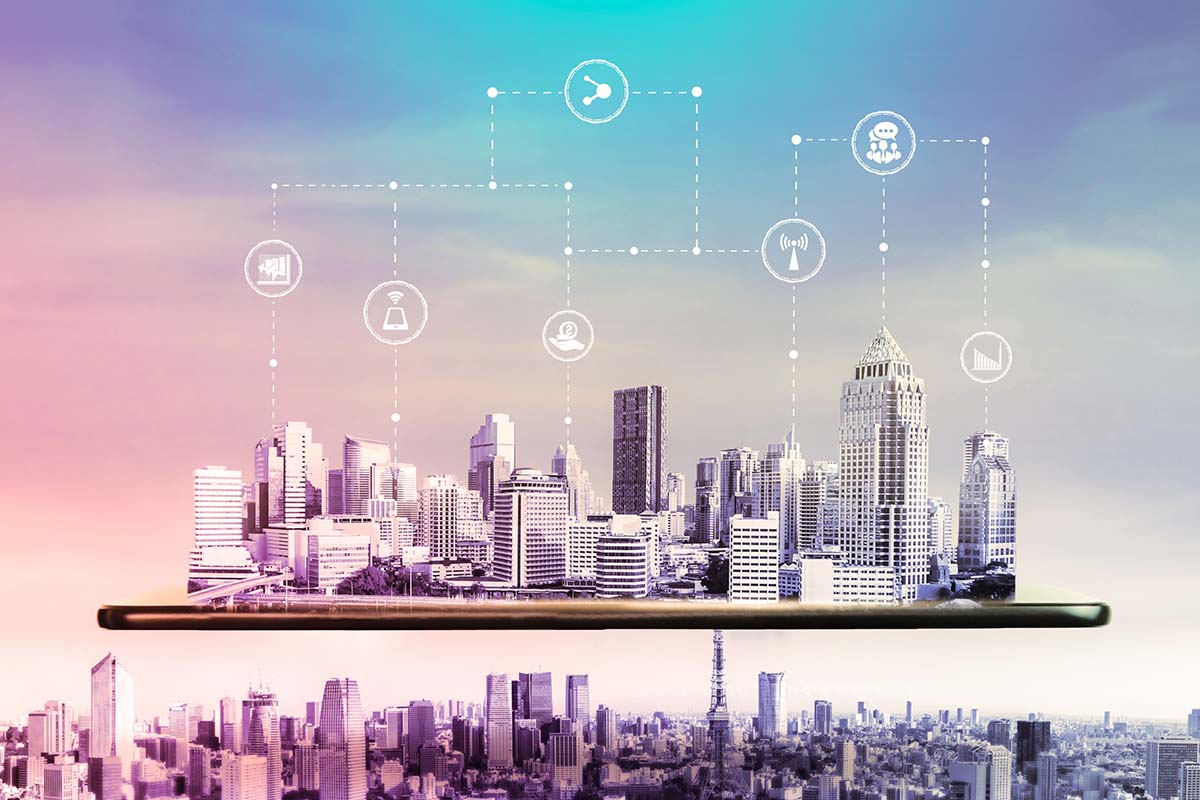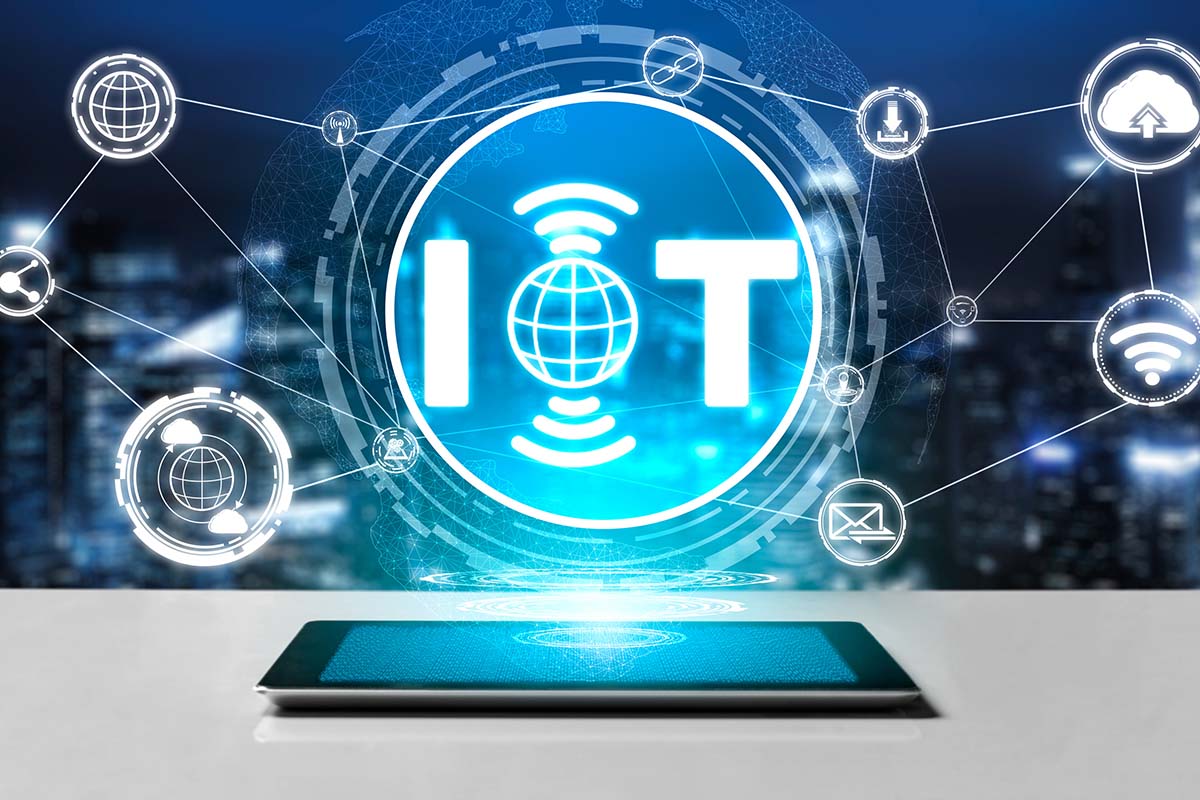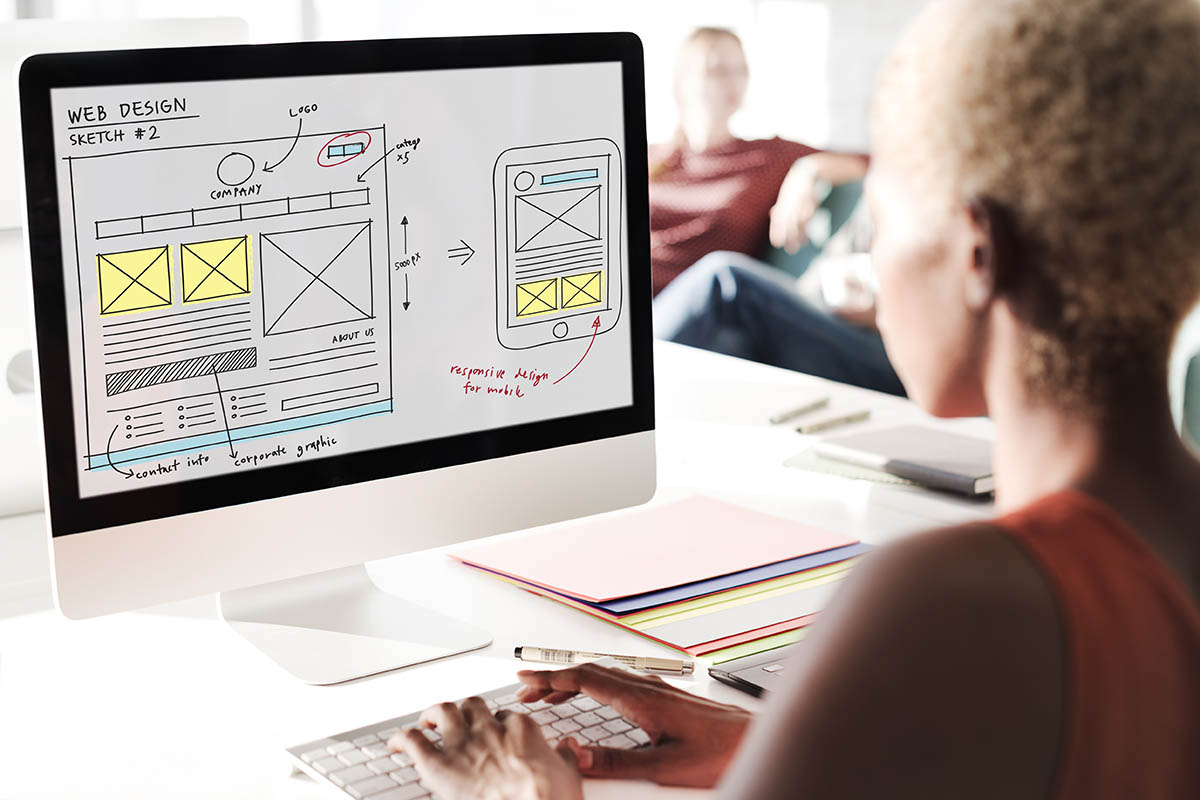What is IoT and Ways IoT Will Play a Bigger Role in 2024
The Internet of Things is one of the hottest topics in the tech world in 2021. This term refers to any physical object that is connected to the internet. The IoT is a broad technology category covering everything from your smart thermostat or doorbell camera to internet-connected manufacturing equipment and medical devices.
It is currently estimated that there are over 7 billion IoT devices globally, and that number is increasing. In addition to the growing number of IoT devices, the influence of this technology is rapidly growing as well. IoT is playing a more important role in our lives and society, and in 2021, that role will only grow bigger.
What can we expect from the IoT space in 2021 and beyond? We can be sure that it will continue to grow in scope and importance, and we can predict some of the top segments where this will happen. Here are a few of the ways IoT will play a bigger role in 2021.
More Digital Health Devices for At-Home Monitoring
If 2020 taught us anything, modernizing and streamlining the world’s healthcare systems is critical in the coming decade. The industry has done an incredible job fighting the COVID-19 pandemic.
Still, the sheer volume of patients it is dealing with illustrates the need for technological solutions to make healthcare more efficient and effective.
One arena that will increase how healthcare leverages IoT technology is digital health devices for at-home monitoring. The pandemic required more doctors and patients to interact virtually to prevent contagion. This is where IoT technology helped out.
Wearable healthcare devices and mobile devices using the software as a medical device (SaMD) apps allow people to take more control of their own healthcare by giving them access to monitoring once only available at medical facilities.
Because these are IoT devices can also transmit real-time data to doctors to improve treatments and patient outcomes.
This new type of at-home healthcare has been so successful during the pandemic that it is here to stay and will grow rapidly in 2021 and beyond.
Digital Data Loggers Protect the Expanding Cold Chain
Data loggers are sensors that monitor environmental conditions in space. Many of these sensors are now part of the IoT and are increasingly important in 2021. Internet-enabled digital data loggers are playing a major role in protecting the Covid-19 vaccine supply. As Dickson notes, this is one of many important monitoring applications for data loggers.
The currently approved vaccines in the U.S. must be kept at specific temperatures from production until they are administered to patients.
The Moderna vaccine requires storage at -20 degrees Celsius (-4 Fahrenheit), and the Pfizer vaccine calls for even colder temps; it must be held in a deep freeze at -70 degrees Celsius (-94 Fahrenheit). Monitoring and maintaining these temperatures is critical to the vaccine rollout, and IoT data loggers are a key driver of this process.
COVID-19 vaccines aren’t the only things benefitting from IoT data loggers’ role in the cold supply chain (or simply, cold chain). This technology helps the cold chain be more precise and effective for all types of products that require cold transport, including pharmaceuticals and food and beverages. IoT data loggers also monitor other environmental conditions key to products’ safety and effectiveness in the healthcare, medical device, aerospace, and certain manufacturing industries.
Smart Offices Will Get Us Back to Work
At the outset of 2021, the majority of office workers are not yet back in the office. However, 75% of workers do want to return to the office in the future. IoT technology can play a key role in making offices safe to return to in 2021.
IoT-enabled offices will help with employee management and social distancing restrictions as people begin to come back to the office. The technology will help offices utilize space in better, safer ways and monitor high-traffic areas to keep them uncongested.
IoT can do a wide range of other things in an office setting from a health and safety perspective. These devices can monitor air quality to remind workers to wash their hands in the bathroom.
Location Data Will Be the New Normal
Devices fit with GPS location technology have helped businesses and consumers in a big way in 2020 and will continue to do so in 2021. This IoT technology has been key to allowing businesses to execute curbside pick-up programs. This should continue as the pandemic winds down, and given the convenience factor, it brings to consumers.
This will also be true for things like remote check-in with GPS-enabled IoT devices. In the first half of 2021, people will be able to check-in remotely to restaurants, flights, or hotels with the help of GPS for safety.
In the back half of the year (hopefully), the pandemic will no longer require this. Still, it will likely continue to be an option because of the speed and convenience it provides customers and its reduction in labor costs for businesses.
IoT for the Environment
In 2021, we all need to be greener. As climate change continues, being environmentally conscious is no longer just nice; we all must do it. This is true for large organizations as well as individuals. We all need to play a role in reducing carbon emissions.
IoT devices will play a huge role in this. Smart homes, smart offices, and other smart buildings will make it easier for all of us to use fewer resources and be more environmentally friendly. These tools enable us to better monitor and control our energy usage by scheduling heating and cooling more efficiently or remotely turning off appliances or lights.
While being greener is the primary goal, the ancillary benefit is that smart technology saves everyone money on energy and can help reduce our impact on climate change.
What is IoT: Conclusion
The IoT is not only here to stay; it is growing and will continue to grow in 2021. The technology will make gains with its uses in healthcare, the cold chain, offices, retail and hospitality, and business and individual efforts to become greener. This makes it no surprise that experts predict that the number of IoT devices will grow from 7 billion to over 25 billion by 2025.




















